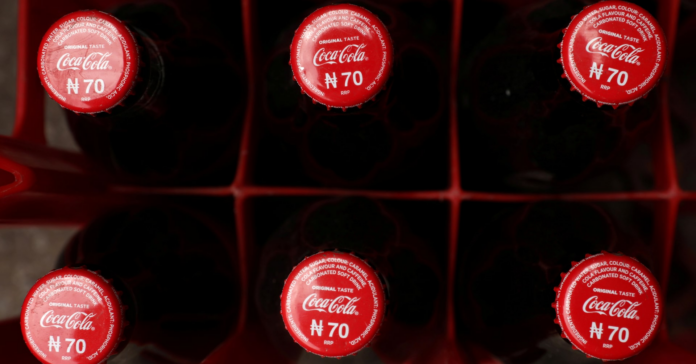DUBLIN, Nov 17 (Reuters Breakingviews) – The buzz is fading for some of the world’s biggest coffee companies. Weak crop harvests, U.S. tariffs and rising prices have all dented demand for cups of joe among Western consumers, leading to slow sales and poor valuations in the $400 billion market. A planned pivot to China and other developing countries is the obvious next growth strategy. But success may require a long and expensive grind.
The coffee boom began in the late 1990s and reached its peak in the years leading up to the pandemic. The first wave saw Starbucks (SBUX.O), opens new tab stores and other chains ripple across major Western cities, followed later by a flood of boutique java houses. Meanwhile, consumer giants like Nestlé (NESN.S), opens new tab expanded their coffee offerings to take advantage of rising demand for a product with relatively high margins, at least compared with other consumer staples.
Sign up here.
In 2018, opens new tab, the maker of Nescafé and Nespresso paid $7 billion for the right to market Starbucks-branded products outside of the U.S. group’s stores. The same year investment fund JAB, which already owned roaster JDE Peets (JDEP.AS), opens new tab, splurged on a majority stake in $2 billion Pret A Manger. And Coca-Cola (KO.N), opens new tab spent $5 billion on Costa. The soda giant called the UK-based group, which was then the world’s second-largest chain, a “scalable coffee platform”, implying that it wanted to use the brand to sell more cups of joe everywhere from supermarkets to self-service vending machines.
But the payoff from this caffeine high hasn’t materialised – especially in recent years. Soaring crop prices have pushed up the cost of cappuccinos, cafe lattes and the like, denting demand among inflation-hit consumers. In the U.S., the price of a pound of ground coffee has soared to a record-high $9, double the price of the same volume in 2021, according to data, opens new tab from the U.S. Bureau of Labor Statistics. In the past year alone, coffee prices have risen 9%, opens new tab, far outstripping broader inflation.
This trend may continue. Future harvests are under threat from poor growing conditions caused by extreme weather like droughts, floods and frost in key countries including Brazil, Indonesia and Vietnam. And baristas cost more than they used to, eating into profit margins. Analysts from ING reckon that labour, raw materials, rent, tax and other costs account for about 90% of the price of a cup of coffee. Margins are likely to fall further given double-digit tariffs on countries like Switzerland, which produces Nespresso coffee pods, and Brazil, where 40% of the world’s coffee is grown. The only good news is that U.S. President Donald Trump seems keen to reduce the impact of his levies on food prices, judging from recent framework agreements with Argentina, Ecuador, Guatemala and El Salvador.
The industry shake-out is percolating. Starbucks, the $100 billion titan, has been plagued by profit warnings in past years and is in the midst of an expensive turnaround that will see it shutter 1% of its stores under newish CEO Brian Niccol. Keurig Dr Pepper’s (KDP.O), opens new tab recent $18 billion offer for JDE Peets is also a sign that the market is on the turn. The deal announced in August will allow the buyer to split higher-valued soft drink sales from the much lower-multiple java business, while cashing JAB out of its long-held JDE Peets stake and allowing the investment group to focus on racier sectors like insurance.
The same holding company’s Pret business also recently issued a goodwill writedown which amounted to about a third of the total enterprise value when JAB bought its stake. Finally, Coca-Cola has explored the sale of Costa, Reuters reported. The $300 billion U.S. group’s CEO James Quincey said this year that the group’s Costa investment



